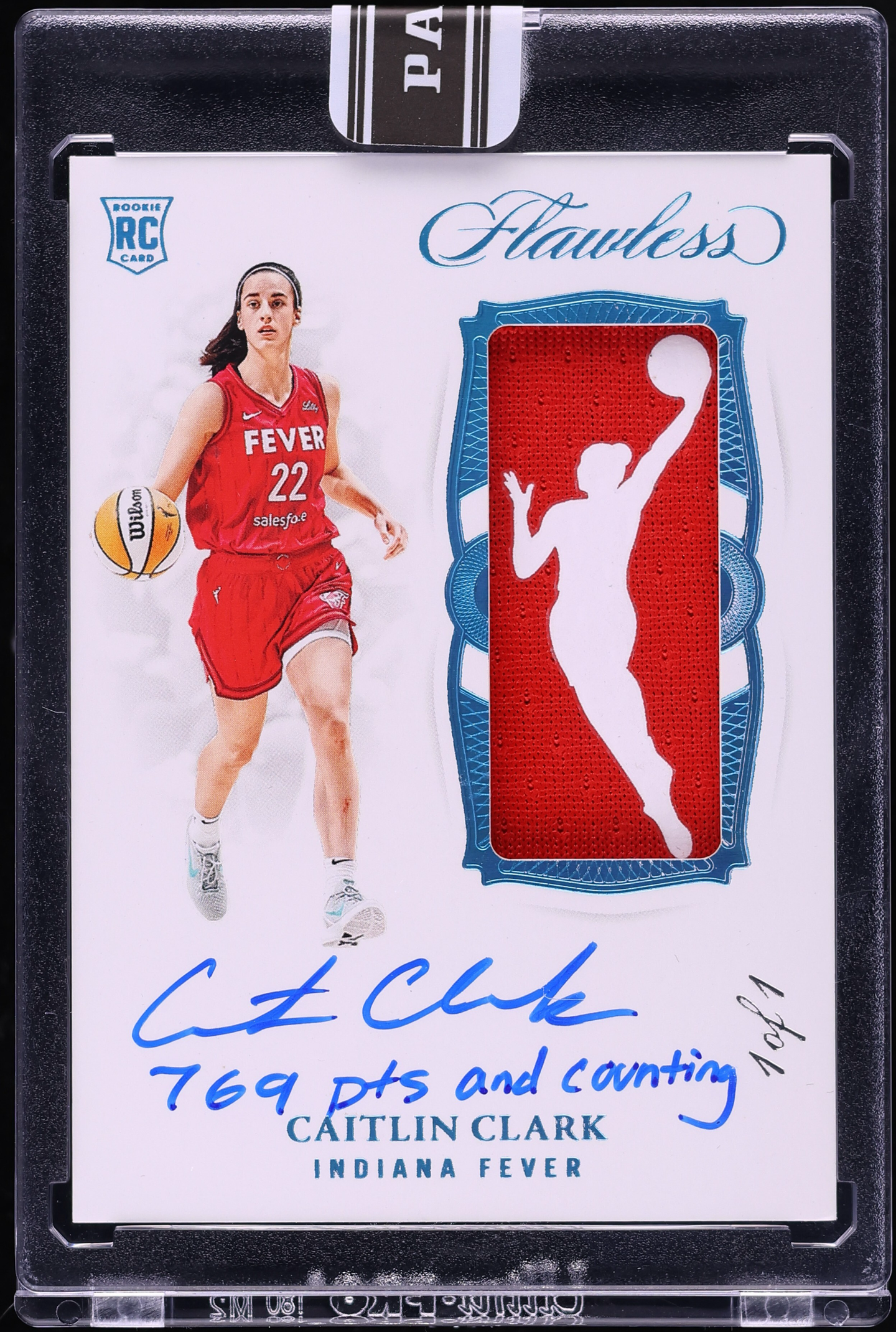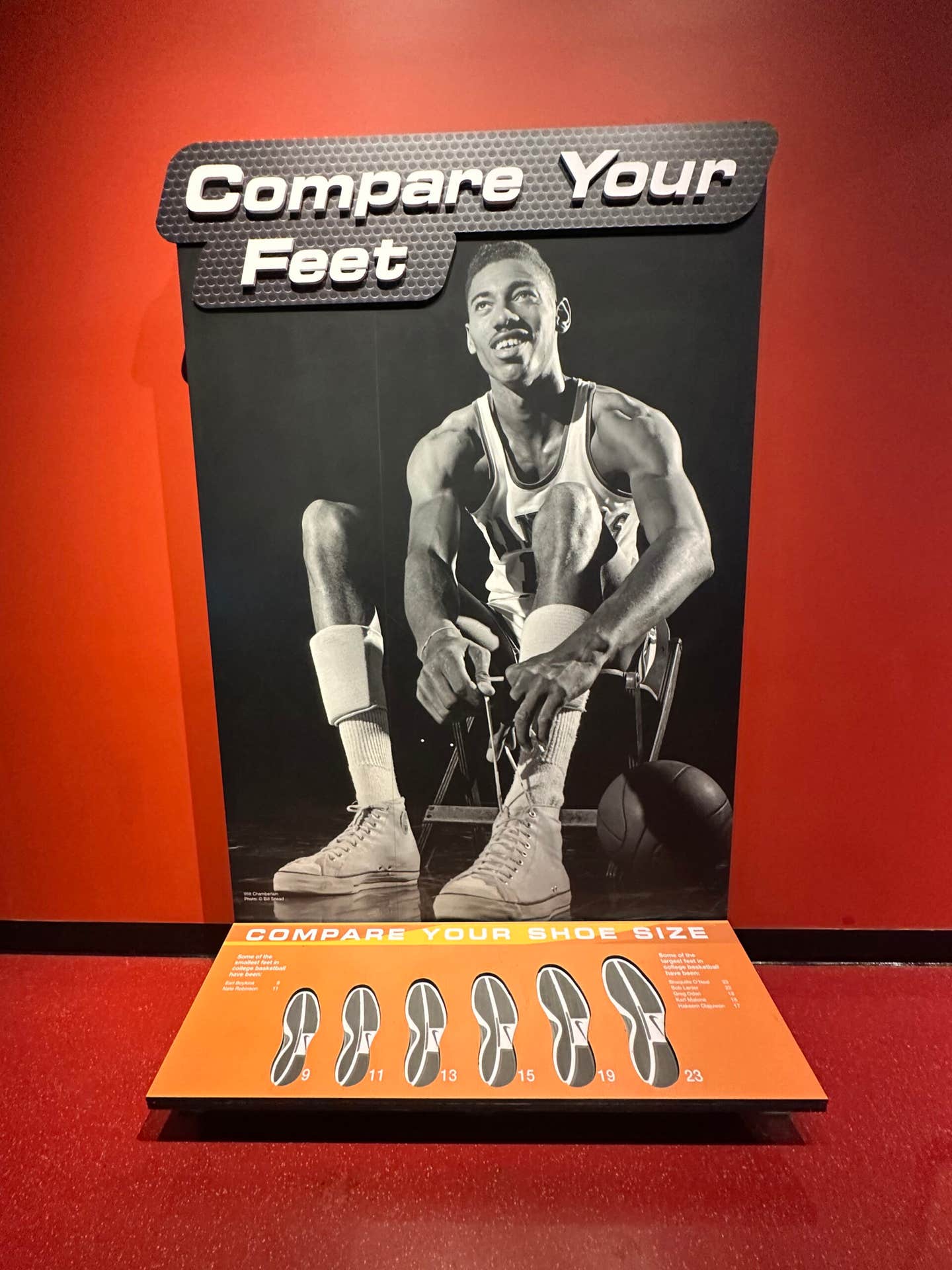News
Fenway Park’s 100th Anniversary
By Arnold Bailey
Red Sox lefty Bill Lee has called Fenway Park “a religious shrine.” Hall of Fame right-hander Tom Seaver says the park is “the essence of baseball.”
Bartlett Giamatti, former commissioner of baseball and president of Yale, took a more scholarly view, saying Fenway is “better than Mount Olympus . . . the Pyramid of Giza . . . or the Louvre.”
Author John Updike probably said it best when he wrote about Ted Williams’ last game and labeled Fenway “a lyric little bandbox of a ballpark.”
But now, in 2012, Father Time is calling Fenway Park a centenarian. And with Fenway now 100 years old, the Red Sox have come up with a season-long celebration to commemorate the first professional ballpark to achieve a century of operation. It’s a schedule of events and activities sure to please fans and sports collectors alike.
Constructed in 1912, Fenway Park was built on a 350,000 square-foot piece of land bought at public auction the previous year by Gen. Charles Taylor, whose family would own the park and the Red Sox for many years. During the 100th-year announcement, there was a brief theatrical production recounting the historic land sale. To construct Fenway’s complex of strange angles, as designed by Osborne Engineering, cost $650,000.
Fenway’s century as an attraction has been built, in large part, on what came to be known as The Green Monster, a left field wall that stretches 37 feet high but stands just 310 feet from home plate. The distance increases to about 420 feet in center field, but the low right-field fence and the foul pole that marks it are just 302 feet away from where batters stand.
Fenway’s longevity has produced many changes and alterations, especially to that monster wall in left that attracts both baseballs and fans like a huge magnet. In 1936, a 23-foot high net was installed atop the wall, designed to protect windows in buildings and cars – and also to shield people – on Lansdowne Street outside the park. In 1975, padding was added to the lower section of the wall to protect outfielders who might run into it, an afterthought after watching Boston’s talented and fearless center fielder Fred Lynn get injured in the World Series when he collided into the wall. And before the 2003 season, seats were constructed at the top of the wall, a section now considered among the best vantage points in all of sports.
Fenway facts
Why is it called “Fenway” Park? As Taylor explained at the time, the stadium is located in the Fenway section of Boston. That’s the city neighborhood that drew its name from “The Fens,” the green expanse of parks and gardens that runs through it, created by noted architect Frederick Law Olmstead.
The park was built to hold 35,000 fans, although only 27,000 turned out when Boston played the Knickerbockers of New York in Fenway’s first pro game. Boston won 7-6 with the Hall of Fame-bound outfielder Tris Speaker leading the way. Since then, attendance has almost never been a challenge, and the team is now enjoying more than a decade of sell-out crowds.
The Red Sox announced its plans for Fenway’s biggest birthday party during a media conference that featured attractive ballgirls handing out peanuts and Cracker Jacks, a talented a capella group singing the team’s “Tessie” anthem, some of the team’s legendary players (like Johnny Pesky, Jim Rice and Rico Petrocelli), some of its youngest players (like catcher Ryan Lavarnway) and CEO Larry Lucchino unveiling the plans.
Those plans feature several birthday gifts for collectors, including commemorative bricks, pairs of stadium seats, special game tickets, throwback uniforms and chances to see the team’s copious collection of more than 4,000 artifacts from the park’s first 100 years.
You’ll have a choice of two versions of the commemorative bricks – a 4-by-8-inch package for $250 and an 8-by-8-inch option for $475. On both sizes, you’ll be able to create a personal message, which will be engraved on to your brick. Originals of each brick will be installed inside either Gates B or C at the ballpark, and buyers will receive two replicas and one display case.
The Fenway seats will be sold in pairs, mounted on a plywood base (measuring 30 inches high by 50 inches long by 16 inches deep). The seats are made of red plastic attached to frames of either red or blue. All show appropriate signs of wear, since they were removed during renovations from the right field, loge and field boxes. The cost is $750 per pair.
Also available to commemorate the event is a 256-page coffee table book, titled Fenway Park: 100 Years, priced at $75. Featured are many photos previously unpublished, plus essays and tributes by scores of famous fans. The writing roster includes musician Paul McCartney, actor Ben Affleck, Hall of Fame baseball writer Peter Gammons, singer James Taylor, author Bill James, late-night TV host Conan O’Brien, columnist George Will, hockey legend Bobby Orr, writer Dorothy Kearns Goodwin, boxing champ Tony DeMarco, attorney Alan Dershowitz, former manager Joe Torre, MLB commissioner Bud Selig and ex-Sox heroes such as Carl Yastrzemski, Carlton Fisk, Bobby Doerr, Pesky, Rice, Dave Roberts and Kevin Millar.
The ballclub is donating copies of the book to every library in Boston’s public schools system.
There will be a special, free open house at the ballpark on April 19 that will feature tours of areas not normally open to fans, such as the clubhouse and dugout tunnels, plus chances to meet some of the team’s legendary players from the past.
That’s also when the team’s vast collection of artifacts will be unveiled – everything from architects’ plans, blueprints, signs and baseballs to old lineup cards, tickets and bases. Most of the memorabilia will then be on display throughout the 100th-anniversary season, when the team turns its ballpark into what it characterizes as “a living museum.”
Typical of the throwback uniforms that will be unveiled during the season will be the 1936 versions the Sox will wear on May 2 for a game against the Oakland Athletics. The ’36 fashion will commemorate the year Boston received slugger Jimmie Foxx in a trade (for two players and $150,000) with the Athletics when that team still called Philadelphia home. How good an acquisition was that? Foxx went on to star for the Sox for the next six seasons, slugging 253 home runs (leading the league in two of those seasons), driving in almost 1,000 runs (leading the league with 175 in 1938) and batting better than .300 in four of those seasons (including a league-best .349 in 1938 and .360 in ’39). The two players Boston traded were pitcher Gordon Rhodes and minor-league catcher George Savino. Rhodes went 9-20 for the A’s in his final year in baseball; Savino never made it out of the minors.
The “Fenway Park 100 Years” logo will be on the team’s uniforms this season, as well as on the bases and on all baseballs used in games at the ballpark. Commemorative tickets for both single-game and season package purchases will be issued throughout the season and feature vintage scenes, such as the historic Gate A entrance as it appeared in 1912.
Fans also will be invited to provide their memories of and stories about Fenway Park, and also vote for players to be on the all-time Red Sox team.
The team is also establishing a “Preserve Fenway Park” fund, a not-for-profit endeavor in which fans can make tax-deductible donations to support a program to display more historic artifacts at the ballpark and make Fenway “a showcase of its own history,” as team officials described it.
Replicating perfection?
Fenway Park has been around so long that there have been many attempts to replicate it. One attempt is especially ironic – the so-called “Little Fenway” that is the center of attention at Bucky Dent’s Delray Beach baseball school in Florida.
“Little” hardly fits since it’s also described as “a faithful, full-sized reproduction.” Dent, of course, is part of the real Fenway’s history – the same Bucky Dent of the Yankees who homered over the Green Monster to beat the Red Sox in the 1978 league playoff and earn himself the permanent sobriquet of Bucky “Bleeping” Dent in Red Sox Nation.
There’s a true “Little Fenway” in Essex, Vt., a one-quarter scale model of the real park, that hosts a full schedule of charity events, with Wiffle Ball as the standard game.
The truest model, though, is being constructed for the Red Sox themselves in Fort Myers, Fla., to be called JetBlue Park and serve as the new jewel in Boston’s spring training complex.
Fenway South is a $78-million project that features the manual scoreboard that was part of its Boston model until it was replaced during renovations in 2001 and stored away for a decade. The Florida facility also has its own version of the Green Monster; this one includes three rows of seats halfway up the 37-foot wall. They are to be covered with taut netting, which Sox officials say will make balls bounce off just as they do on Boston’s wall.
The commitment of the current ownership has helped to ensure that Fenway not only would make it to its 100th anniversary, but continue well into its second century. Between 2002-12, the Red Sox have spent an estimated $285 million to refurbish the ballpark. And they’ve done it without sacrificing any of the old park’s charm and uniqueness to a century-old baseball treasure.
Arnold Bailey is a freelance contributor to SCD. He can be reached at acbailey1125@yahoo.com.








